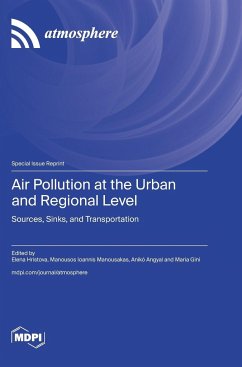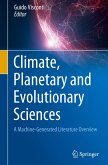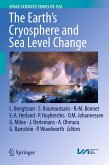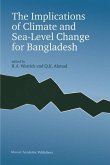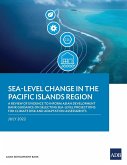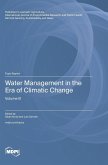Air pollution poses a significant risk to human health. Emissions from industrial activities, energy production, transport, waste management activities, and natural sources contribute to the many air pollution-induced problems, such as reduced visibility, adverse health effects, and global climate change. The residence time of pollutants in the atmosphere can extend from several days to months, and the corresponding spatial transportation scales are proportionally large, ranging from local to continental. Even though there is no region not affected by air pollution at some level, the situation is significantly worse in urban areas. Urban areas are hotspots of air pollution, and especially the large and densely populated metropolitan areas. Air pollutants can vary in type and characteristics, and can be of gaseous or particulate form, and can either be directly emitted or formed in the atmosphere from their precursor molecules. The aim of this Special Issue was to gather up-to-date research knowledge aiming at assessing air pollution at the urban and regional level, including both experimental and monitoring studies and mathematical/numerical modeling studies.
Hinweis: Dieser Artikel kann nur an eine deutsche Lieferadresse ausgeliefert werden.
Hinweis: Dieser Artikel kann nur an eine deutsche Lieferadresse ausgeliefert werden.

